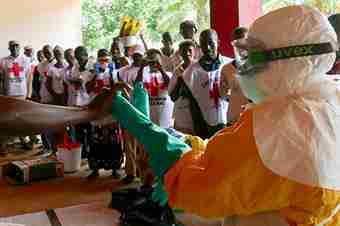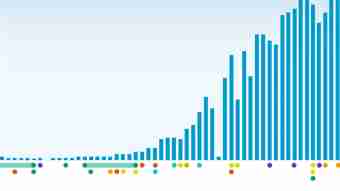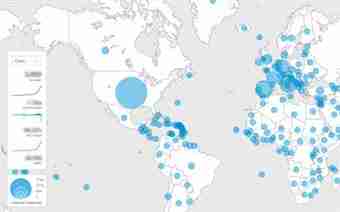Physical Activity and Adults
Recommended levels of physical activity for adults aged 18 - 64 years
In adults aged 18–64, physical activity includes leisure time physical activity (for example: walking, dancing, gardening, hiking, swimming), transportation (e.g. walking or cycling), occupational (i.e. work), household chores, play, games, sports or planned exercise, in the context of daily, family, and community activities. In order to improve cardiorespiratory and muscular fitness, bone health, reduce the risk of NCDs and depression:
- Adults aged 18–64 should do at least 150 minutes of moderate-intensity aerobic physical activity throughout the week or do at least 75 minutes of vigorous-intensity aerobic physical activity throughout the week or an equivalent combination of moderate- and vigorous-intensity activity.
- Aerobic activity should be performed in bouts of at least 10 minutes duration.
- For additional health benefits, adults should increase their moderate-intensity aerobic physical activity to 300 minutes per week, or engage in 150 minutes of vigorous-intensity aerobic physical activity per week, or an equivalent combination of moderate- and vigorous-intensity activity.
- Muscle-strengthening activities should be done involving major muscle groups on 2 or more days a week.
For further information click below and download the complete document "Global Recommendations on Physical Activity for Health" available in:
Physical activity for all
These recommendations are relevant to all healthy adults aged 18–64 years unless specific medical conditions indicate to the contrary. They are applicable for all adults irrespective of gender, race, ethnicity or income level. They also apply to individuals in this age range with chronic noncommunicable conditions not related to mobility such as hypertension or diabetes.
These recommendations can be valid for adults with disabilities. However adjustments for each individual based on their exercise capacity and specific health risks or limitations may be needed.
There are multiple ways of accumulating the total of 150 minutes per week. The concept of accumulation refers to meeting the goal of 150 minutes per week by performing activities in multiple shorter bouts, of at least 10 minutes each, spread throughout the week then adding together the time spent during each of these bouts: e.g. 30 minutes of moderate-intensity activity 5 times per week.
Pregnant, postpartum women and persons with cardiac events may need to take extra precautions and seek medical advice before striving to achieve the recommended levels of physical activity for this age group.
Inactive adults or adults with disease limitations will have added health benefits if moving from the category of “no activity” to “some levels” of activity. Adults who currently do not meet the recommendations for physical activity should aim to increase duration, frequency and finally intensity as a target to achieving them.
Benefits of physical activity for adults
Overall, strong evidence demonstrates that compared to less active adult men and women, individuals who are more active:
- have lower rates of all-cause mortality, coronary heart disease, high blood pressure, stroke, type 2 diabetes, metabolic syndrome, colon and breast cancer, and depression;
- are likely to have less risk of a hip or vertebral fracture;
- exhibit a higher level of cardiorespiratory and muscular fitness; and
- are more likely to achieve weight maintenance, have a healthier body mass and composition.




